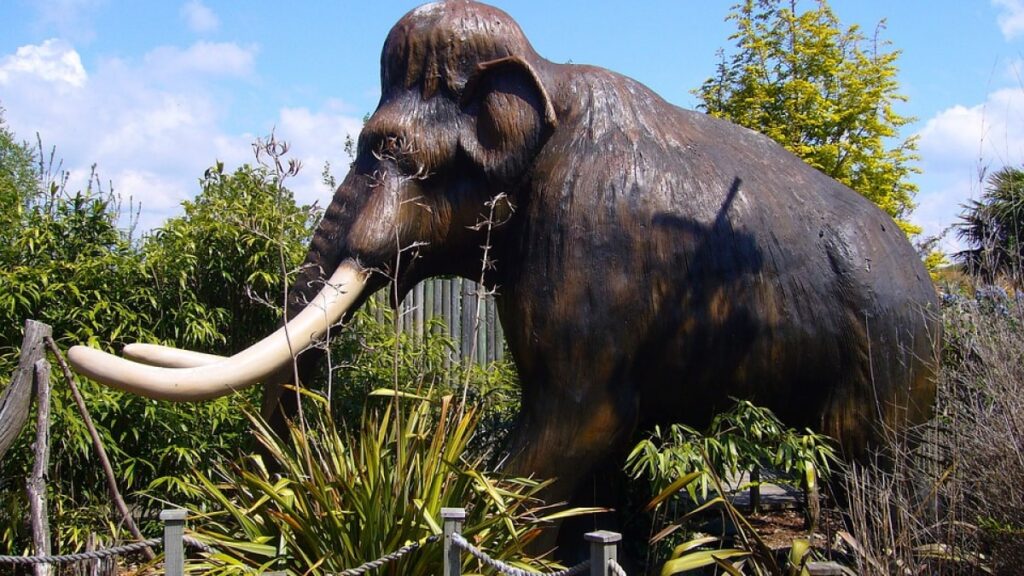Woolly mammoths were long thought to have disappeared due to a combination of factors, such as climate change and human activity. However, a recent study suggests an unexpected hypothesis: pollen allergies may have played a role in their extinction. The study suggests that at the end of the last ice age, the growth of vegetation led to excessive pollen production. This could have caused allergic reactions in the mammoths, affecting their sense of smell. Because mammoths relied heavily on smell for various vital functions, such as finding food, avoiding predators, and locating mates, pollen-related allergies could severely disrupt these abilities.
Could allergies explain the extinction?
Researchers argue that this damage during breeding season may have made it difficult for mammoths to communicate and reproduce, contributing to a sharp population decline. However, further testing, including examining fossilized mammoth remains for immune proteins associated with allergic responses, is needed to confirm this theory.
Skepticism about the hypothesis
Although the study presents a compelling story, not all experts are convinced. Evolutionary biologist Vincent Lynch, for example, points out that the mammoth extinction was more likely caused by a combination of environmental change and human hunting. Until more concrete evidence emerges, the pollen allergy theory remains an intriguing but debated topic in mass research.
For the latest tech news and reviews, follow Gadgets 360 at XFacebook, WhatsApp, Threads and Google News. For the latest videos on gadgets and technology, subscribe to our YouTube channel. If you want to know all about top influencers, follow our in-house Who’sThat360 on Instagram and YouTube.

Sony MDR-M1 360 Degree Surround Sound Studio Headphones Launched in India: Price, Features
Amazon’s Big Indian Festival Sale 2024: Best Smart TV Deals Across Price Ranges



